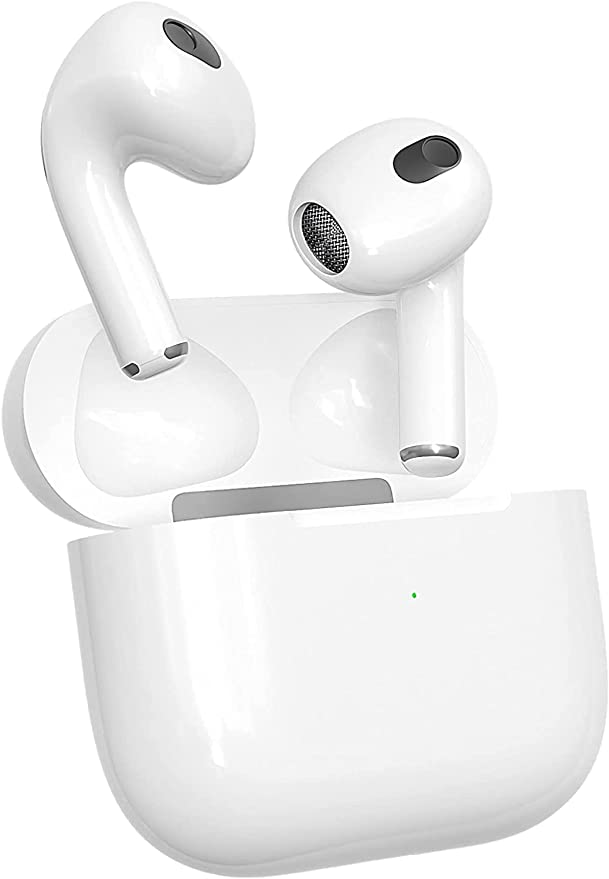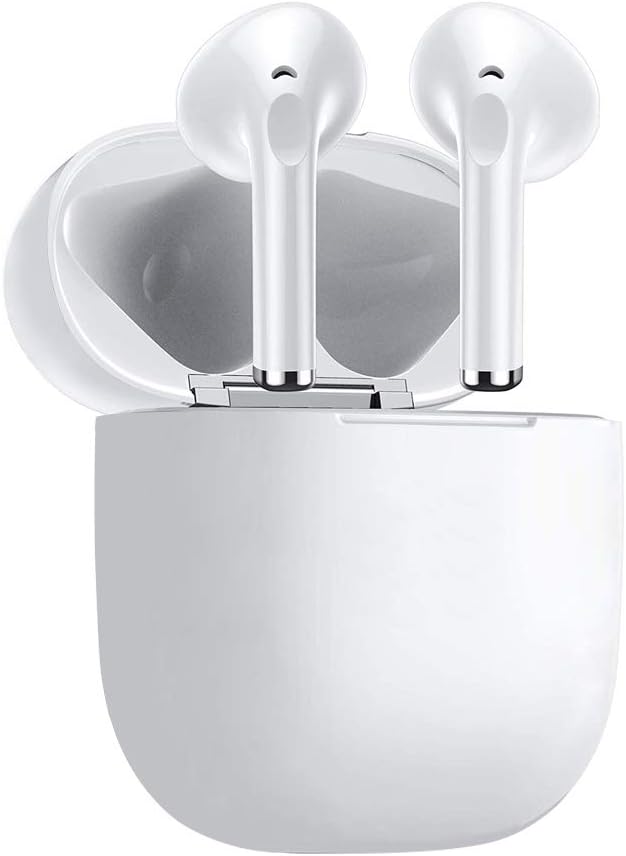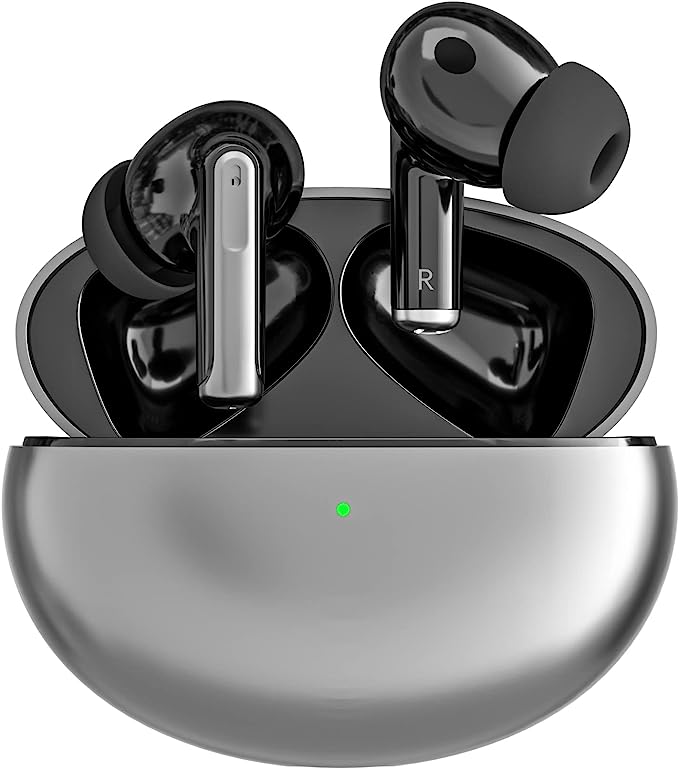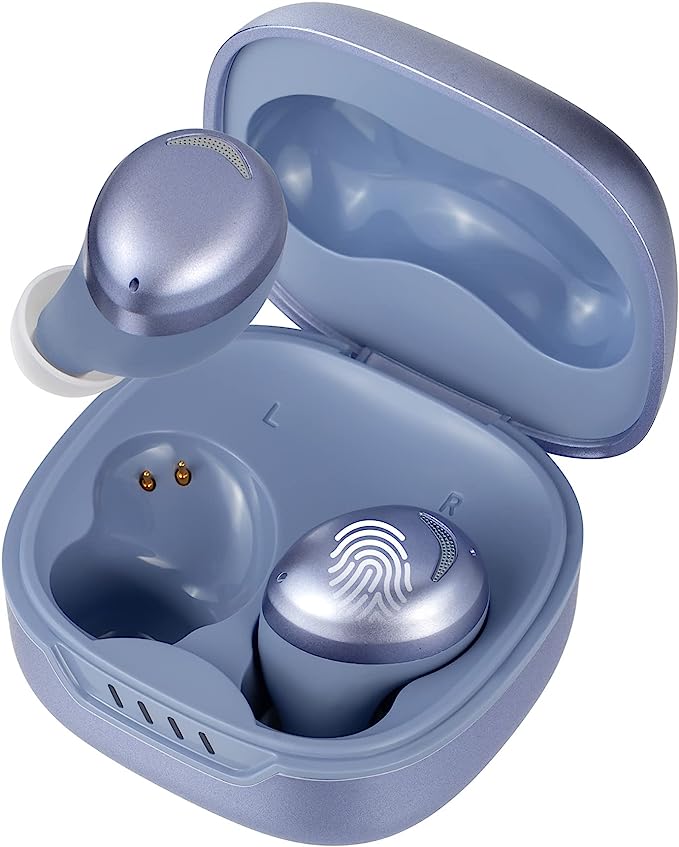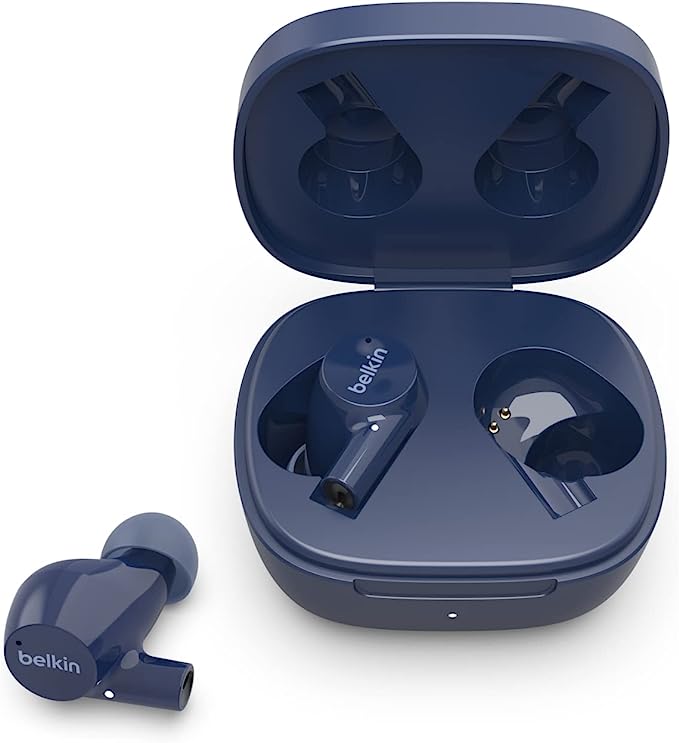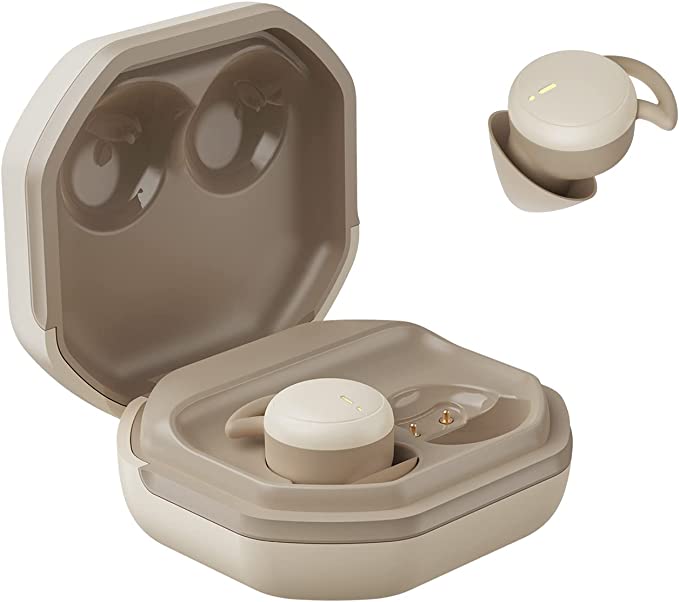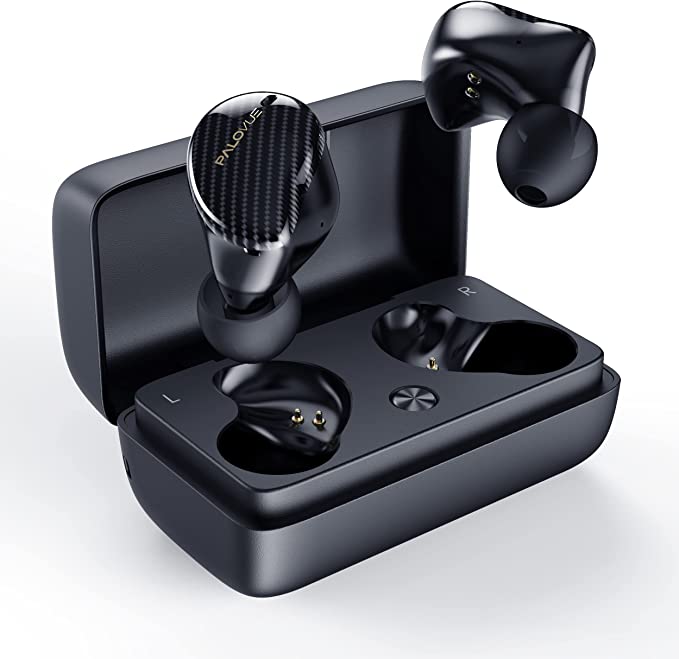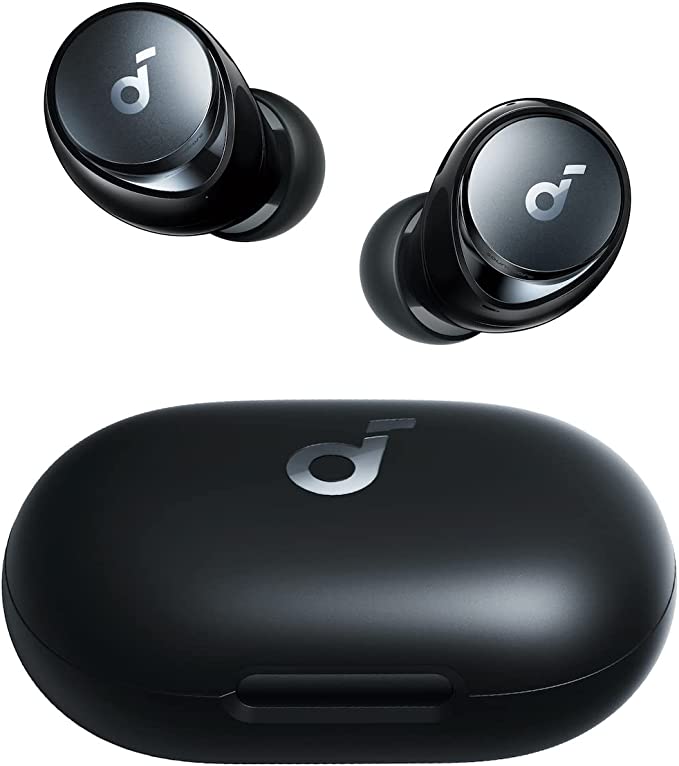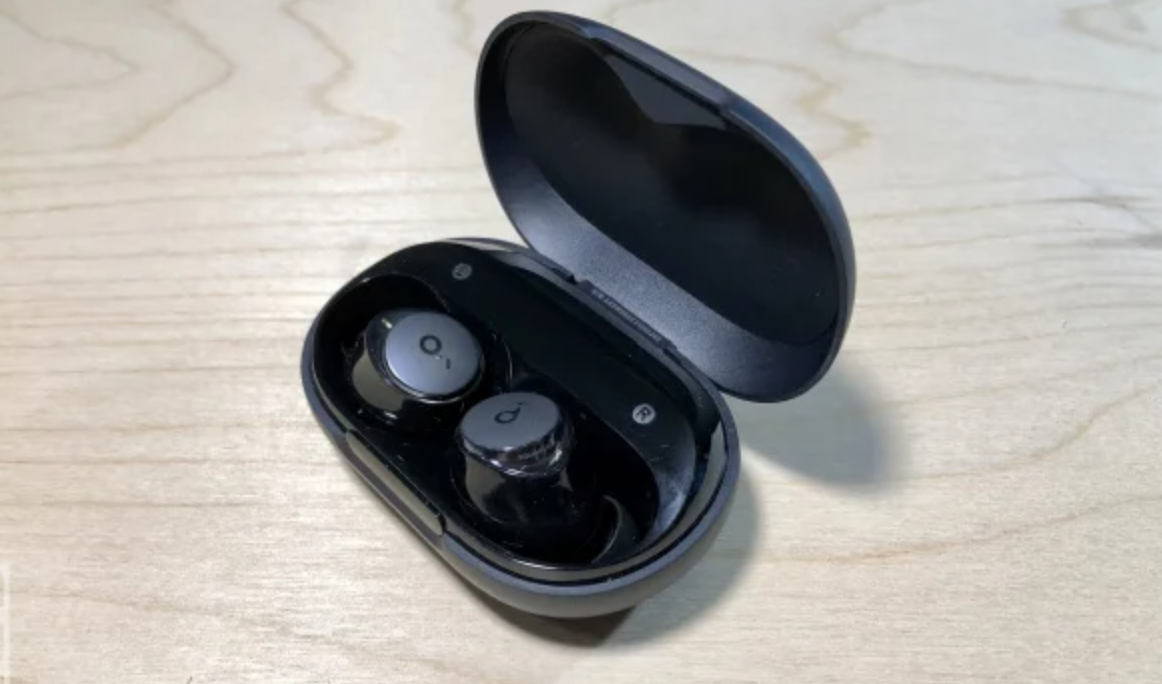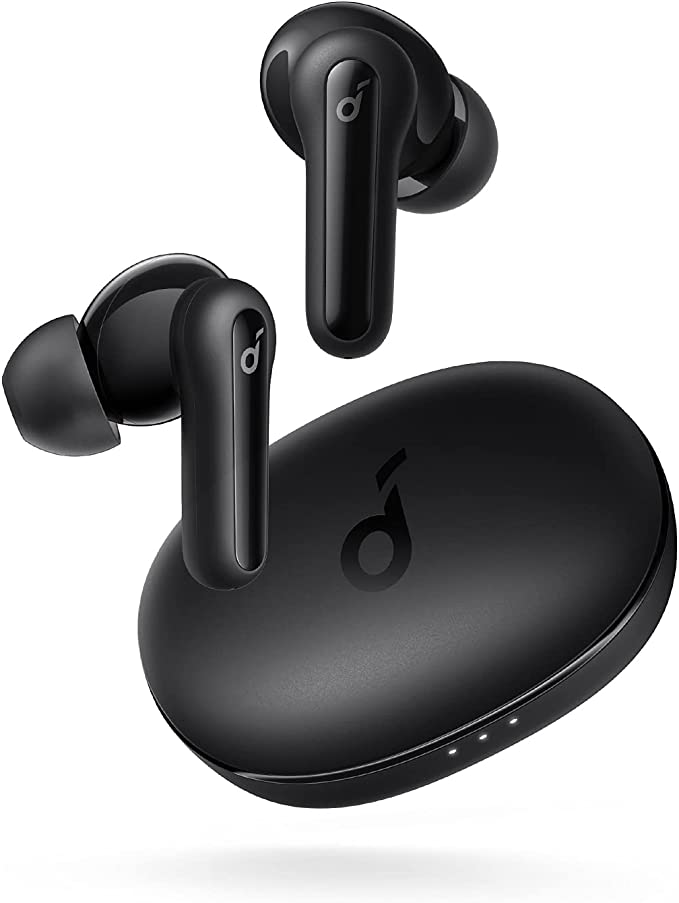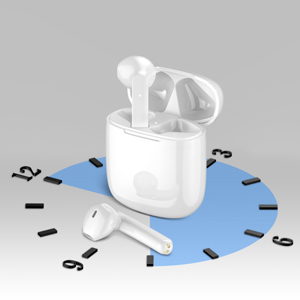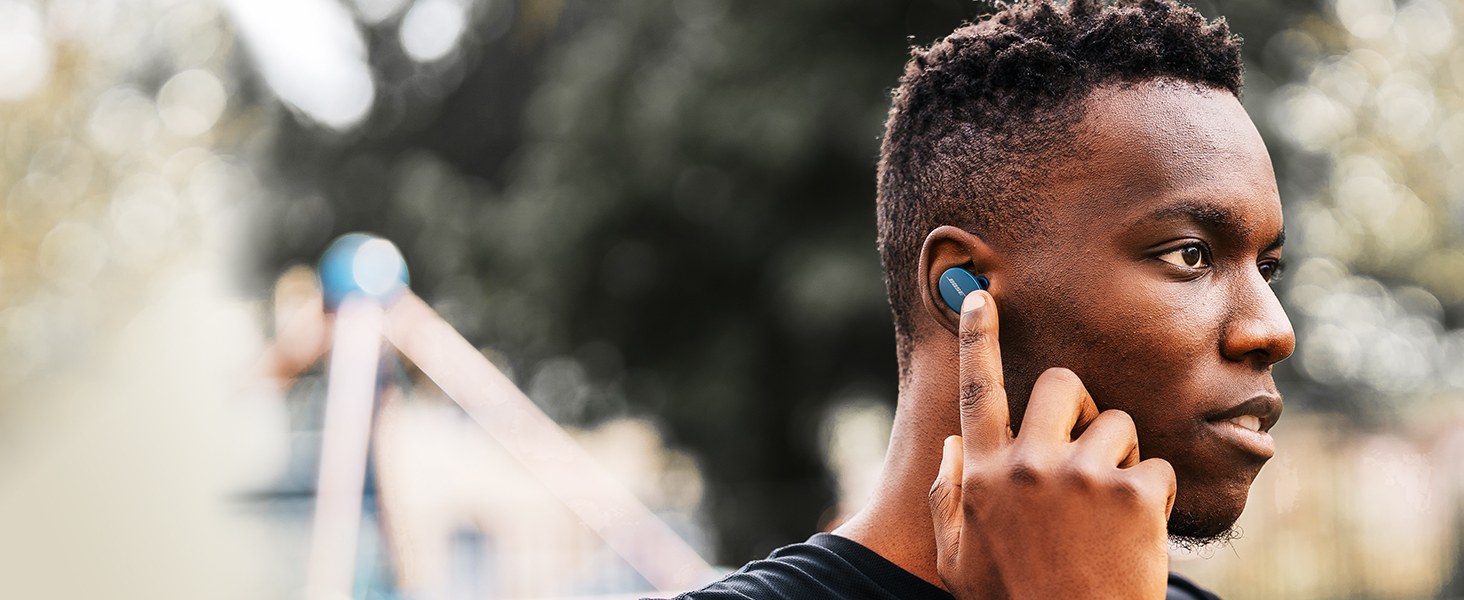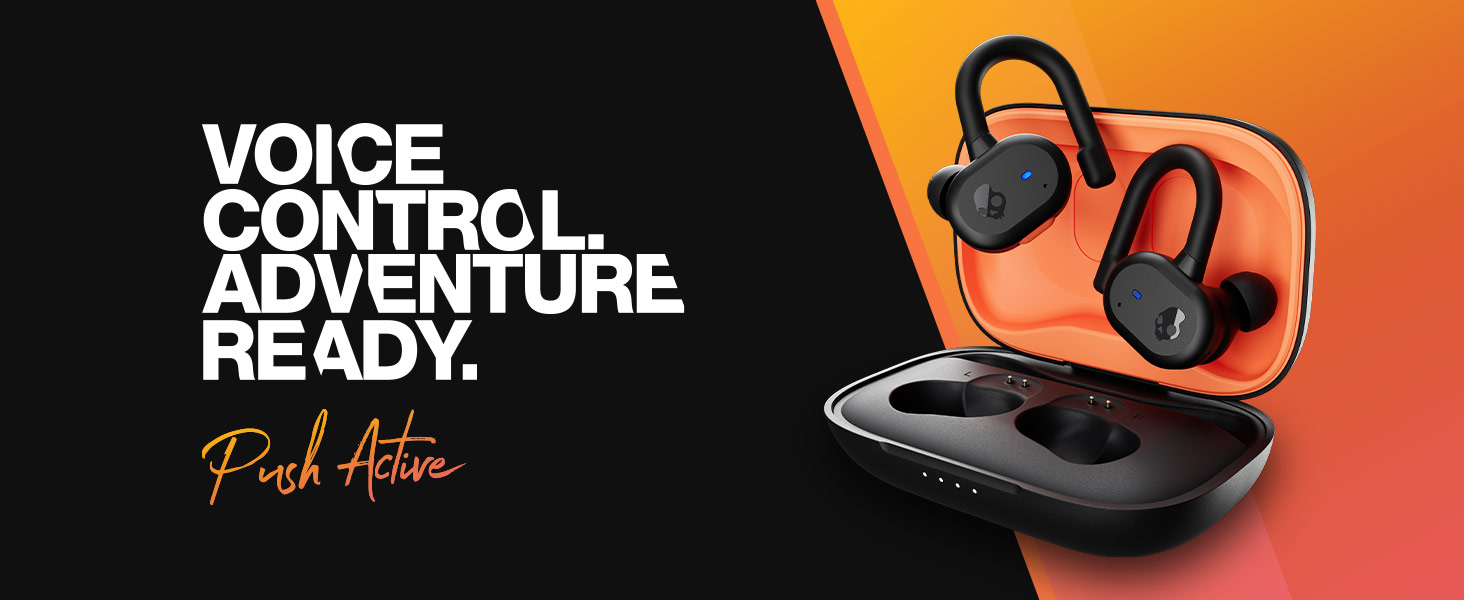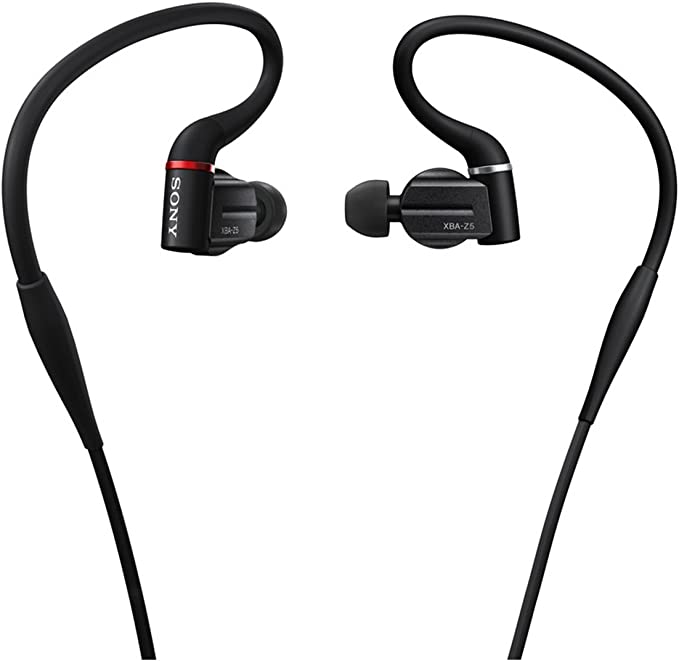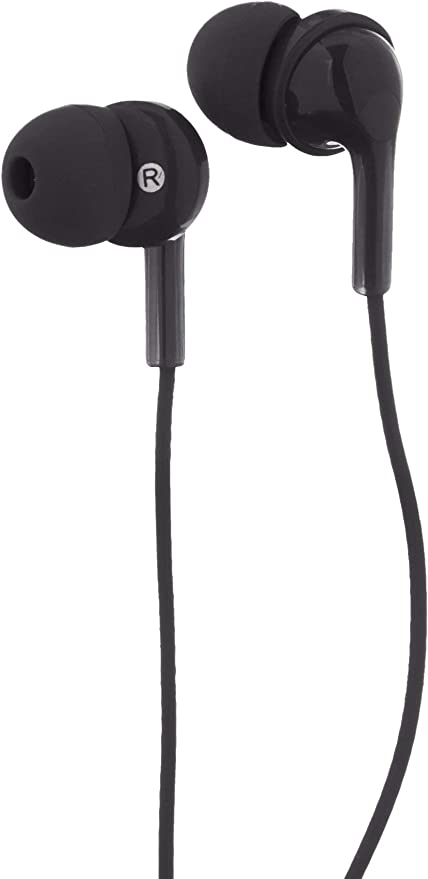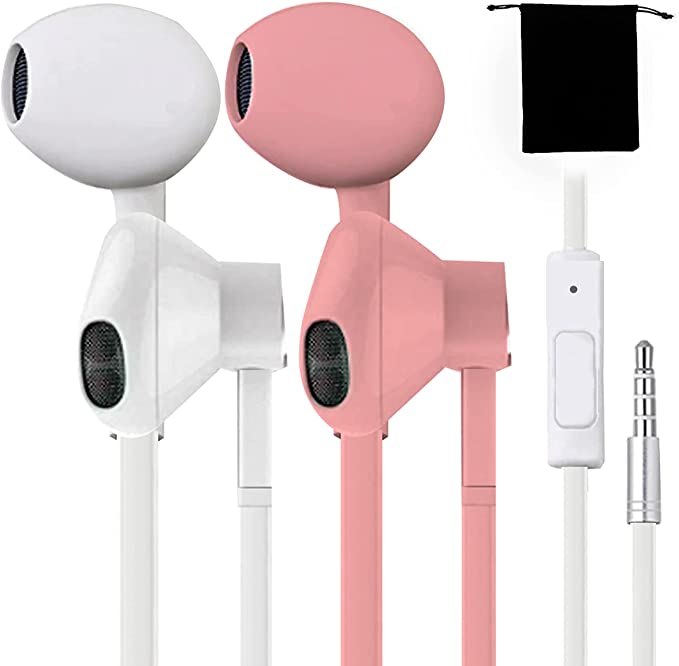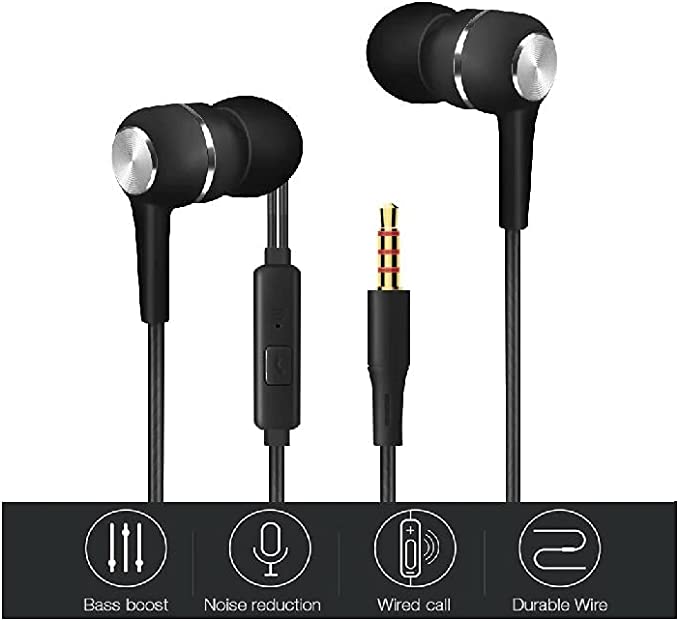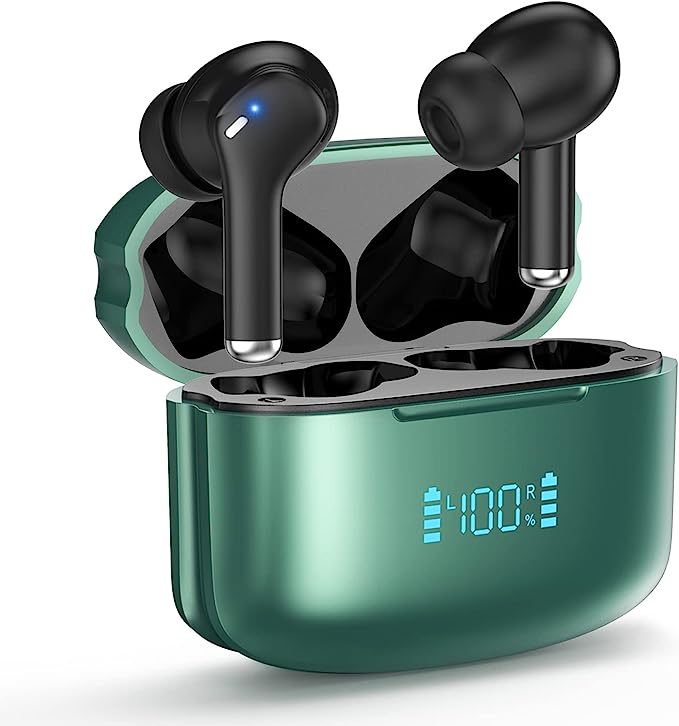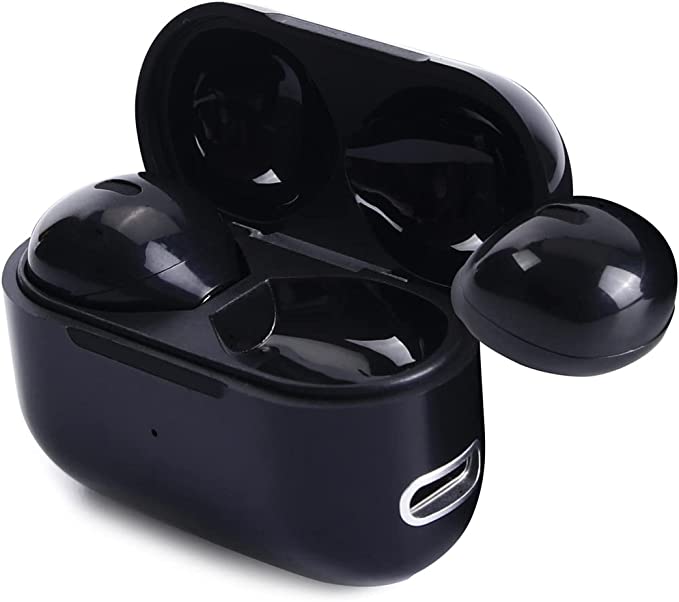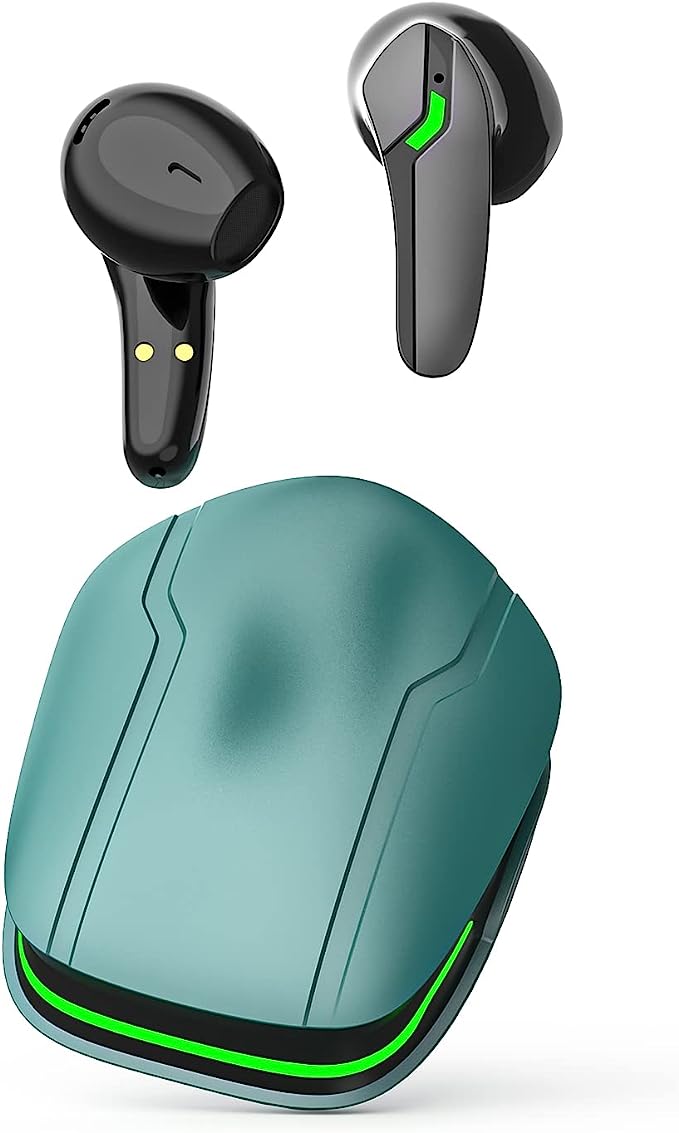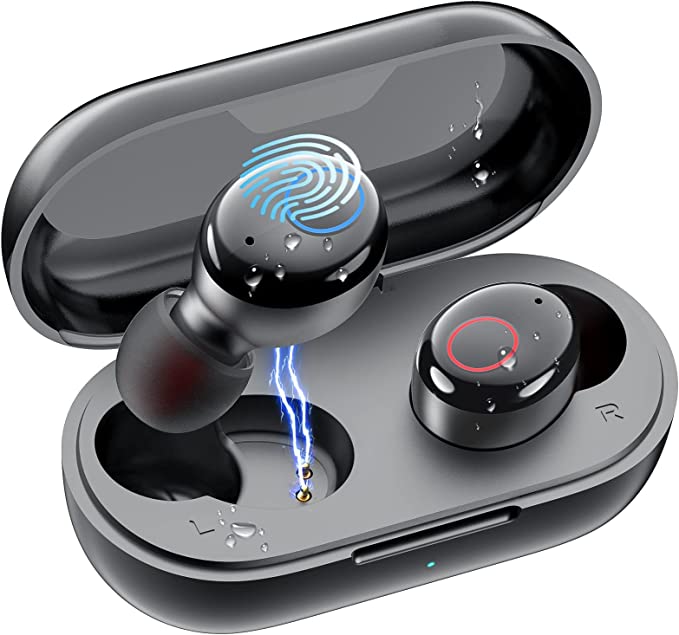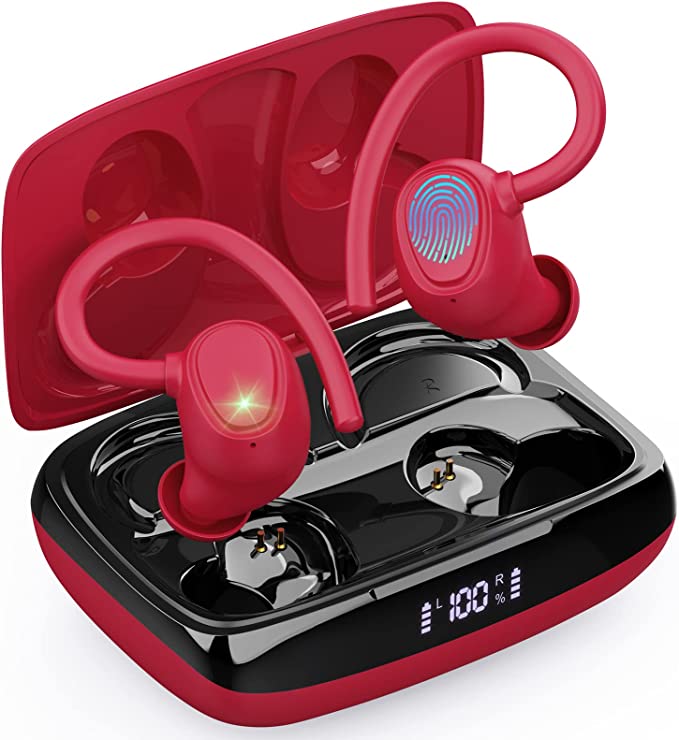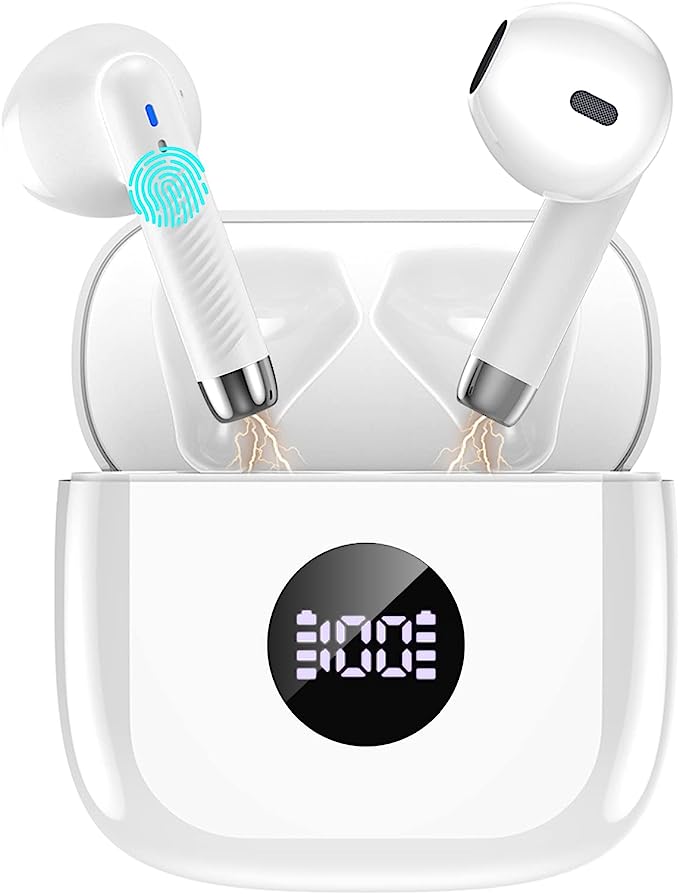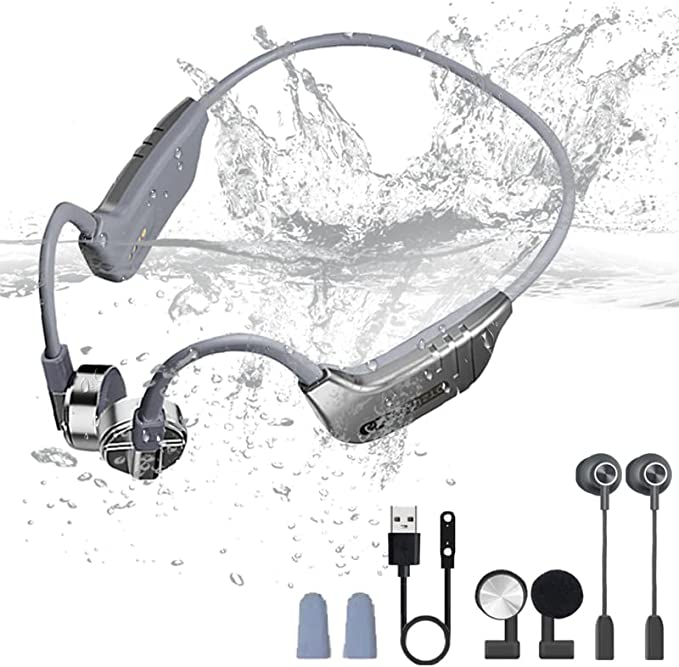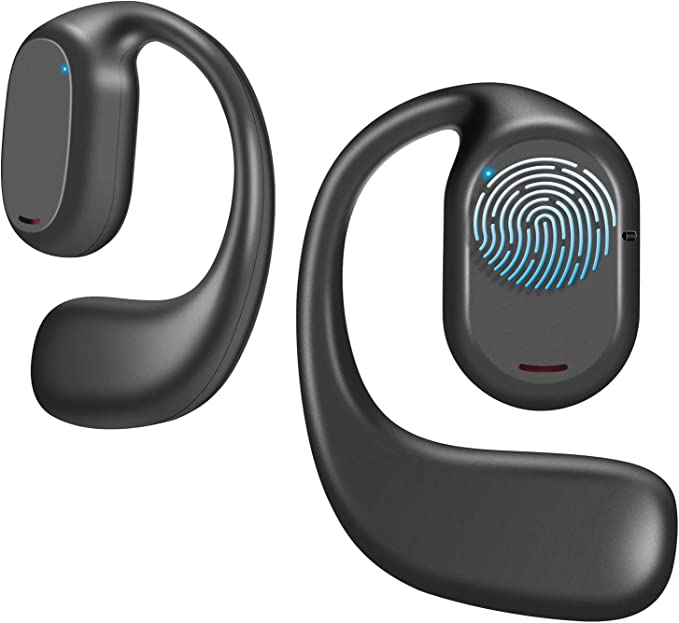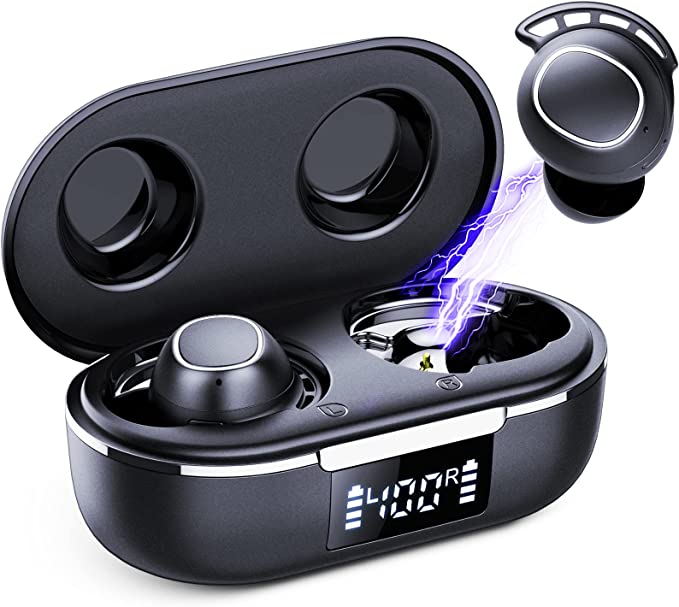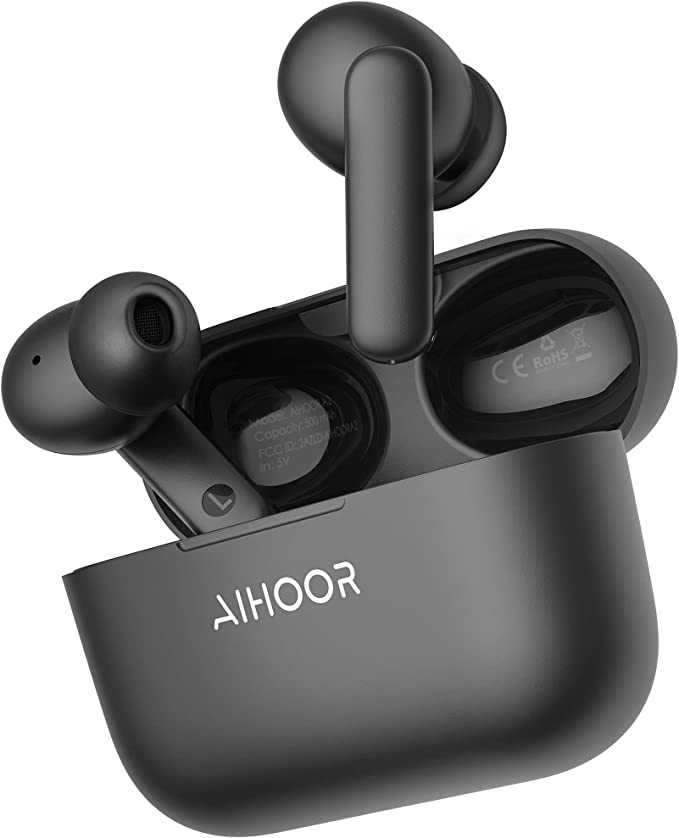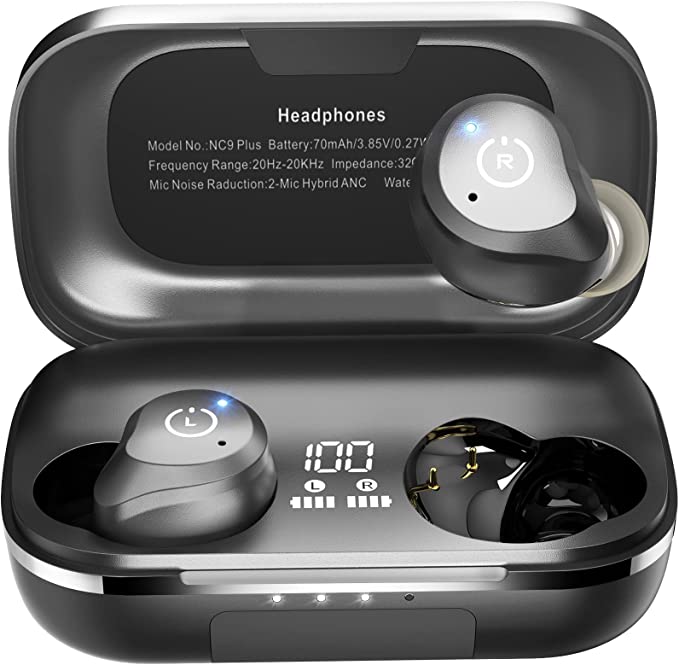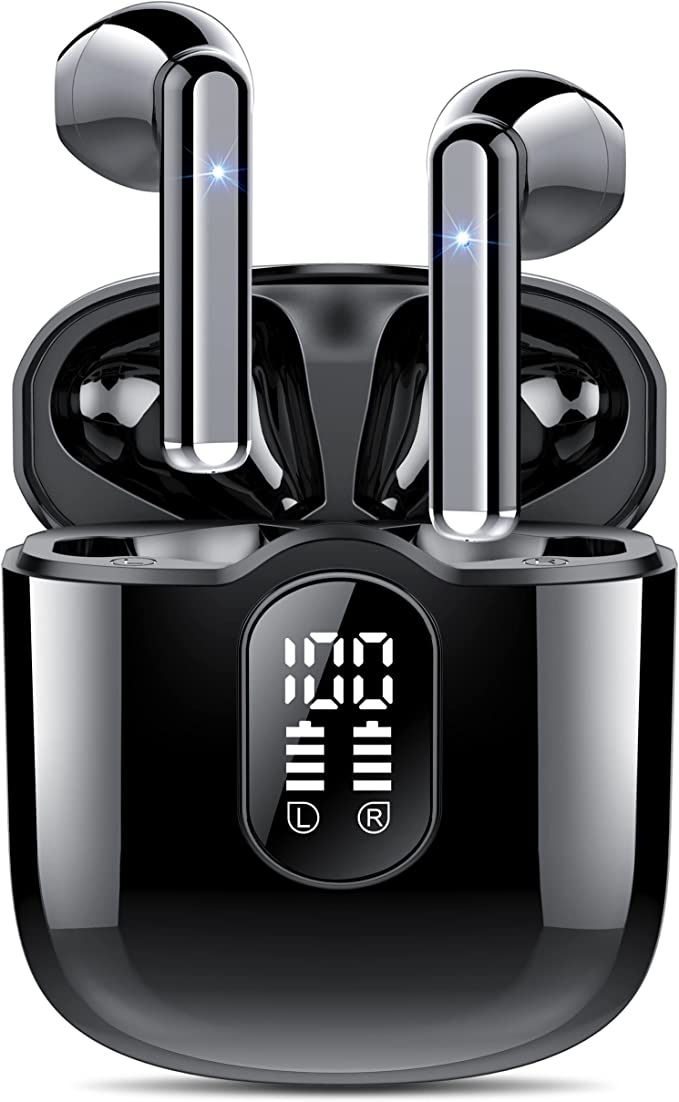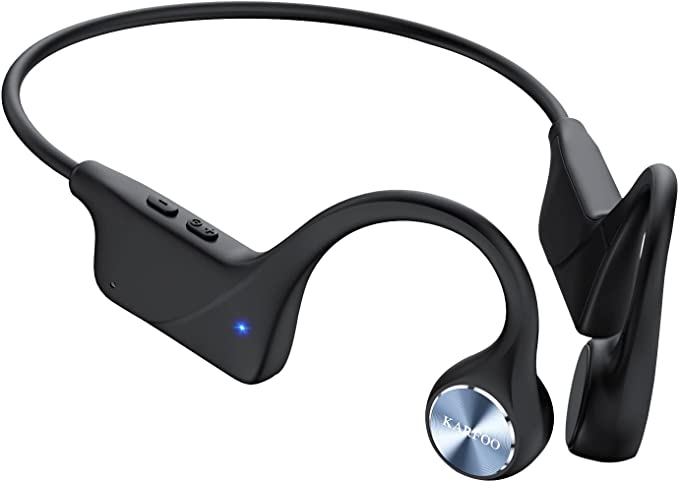The Science of Silence: An Engineer's Deep Dive into the Soundcore Liberty 4 Pro's Noise-Cancelling Tech
Update on Aug. 12, 2025, 3:07 p.m.
The modern world is rarely quiet. It’s a constant, overlapping broadcast of traffic humming, colleagues chattering, and the digital chimes of a world that never sleeps. This ever-present sonic fog isn’t just an annoyance; it’s a cognitive burden. In our search for focus, relaxation, or simply the unadulterated pleasure of music, we are often seeking a single, precious commodity: silence. But creating a personal bubble of quiet is a profound engineering challenge. It’s a delicate dance of physics, computer science, and human biology.
Using the Soundcore Liberty 4 Pro as our case study, let’s go beyond a simple review. Let’s take an engineer’s tour under the hood to understand the science required to not only silence the world but to fill that silence with rich, detailed sound. This is a story about the intricate trade-offs and technological triumphs packed into a device that fits in your pocket.

Crafting Quiet: The Adaptive Architecture of Noise Cancellation
At its heart, Active Noise Cancellation (ANC) is an elegant feat of physics. It doesn’t block sound; it cancels it. Microphones on the outside of an earbud capture ambient noise, and a processor instantly creates an exact opposite soundwave—a mirror image, $180^{\circ}$ out of phase. When these two waves meet in your ear, they undergo destructive interference, effectively nullifying each other. It’s like adding +1 and -1 to get zero.
However, the real world is messy. A simple ANC system that works well for the steady drone of an airplane engine may struggle with the unpredictable cacophony of a city street. This is where adaptive systems come into play. The Liberty 4 Pro employs a multi-sensor array—six microphones in total—to build a more complete, 360-degree picture of the surrounding soundscape. This allows the system to analyze and adapt its cancellation algorithm in near real-time (every 0.3 seconds, according to Soundcore), responding to sudden changes far more effectively than a static system could.
The most fascinating component here, however, is the seventh sensor: a barometric pressure sensor. This is the system’s secret weapon for frequent travelers. As an airplane climbs or descends, the air pressure inside the cabin changes. This subtle shift can alter the performance of an ANC system. By detecting these atmospheric changes, the earbuds can recalibrate their cancellation profile, ensuring the quality of silence remains consistent whether you’re at sea level or 30,000 feet. It’s a testament to the level of detail required to solve a seemingly simple problem.
But the physics of the environment is only half the battle; the other half is the unique biology of your ear. No two ear canals are identical. This is where the science of psychoacoustics—the study of how we perceive sound—becomes critical. A generic ANC signal can create an uncomfortable feeling of pressure for some users, often called “eardrum suck.” Features like Soundcore’s HearID ANC attempt to solve this by creating a personalized profile. It tests your hearing and analyzes the unique acoustic properties of your ear, tailoring the anti-noise wave to be not only more effective but also more comfortable. It’s a shift from a one-size-fits-all solution to a bespoke acoustic experience.

The Pursuit of Purity: Recreating the Studio Wirelessly
Once you’ve achieved silence, the next challenge is to fill it with pristine, high-fidelity audio. For decades, audiophiles have sworn by wired connections for one simple reason: data. A physical cable can carry far more audio information than a standard wireless signal. This is the fundamental challenge of all Bluetooth audio.
The solution lies in smarter compression, or codecs. Think of it like streaming video. The most basic Bluetooth codec, SBC, is like watching in 480p standard definition. It gets the job done, but details are lost. Codecs like AAC, used by Apple, are a step up. The Soundcore Liberty 4 Pro supports LDAC, a codec developed by Sony, which is more akin to streaming in 1080p high definition. It uses a much higher bitrate (up to 990 kbps compared to SBC’s \~328 kbps), essentially creating a wider “data highway” to transmit roughly three times more information from your device to your ears. This allows for the subtle details, the texture of a voice, or the shimmer of a cymbal to come through, creating an experience much closer to the original studio recording.

Of course, all that data is useless if the physical hardware can’t reproduce it accurately. A single, tiny driver in an earbud struggling to create both deep bass and crisp treble is inherently a compromise. To solve this, engineers often borrow a principle from high-end tower speakers: separate drivers for different frequencies. The Liberty 4 Pro uses a technology Soundcore calls ACAA (Astria Coaxial Acoustic Architecture). This design stacks two drivers on the same axis: a larger 10.5mm dynamic driver, which excels at moving air to create powerful bass, and a smaller, precise titanium-coated tweeter for clear, detailed highs. By aligning them coaxially, the sound from both drivers originates from the same point, ensuring it reaches your ear in perfect timing, or phase coherence, preventing the sound from becoming muddy.

The Engineer’s Compromise: Balancing Power, Performance, and Practicality
This level of performance, however, comes at a cost that is governed by the unyielding laws of physics: power consumption. Every advanced feature has an energy tax. Looking at the manufacturer’s own specifications provides a clear illustration of these necessary trade-offs:
- Normal Mode: 10 hours of playtime.
- ANC On: 7.5 hours of playtime.
- ANC + LDAC On: 5.5 hours of playtime.
These numbers are incredibly revealing. Simply activating the processors for Active Noise Cancellation consumes about 25% of the battery life. Layering on the data-intensive LDAC codec cuts the total playtime nearly in half compared to the baseline. This explains why some users report lower-than-expected battery life in real-world use; running all systems at maximum capability requires a significant amount of power. The inclusion of fast-charging technology, enabled by advanced 5C battery chemistry that allows for higher charge rates, isn’t a luxury—it’s a necessary countermeasure to the high energy demands of modern features.
This principle of trade-offs extends to physical design. Some users have noted that the earbuds are not ideal for intense sport, as they can become insecure. This is a deliberate ergonomic choice. To achieve all-day wearing comfort for a general audience, the design forgoes elements like ear fins or hooks, which provide greater stability at the expense of potential pressure points and a bulkier form factor. The design prioritizes long-term comfort in an office or on a commute over high-impact security in a gym.
Finally, the product itself is not a static object. It’s a dynamic system of hardware and software. The presence of six microphones isn’t just for noise cancellation; combined with an AI algorithm, they perform beamforming for calls—focusing on the sound of your voice while actively filtering out environmental noise. And as user feedback on an initially annoying auto-pause feature showed, a simple firmware update delivered through the Soundcore app could later refine this behavior. This illustrates that the modern earbud is an evolving platform, one that can be improved long after it leaves the factory.
In the end, the journey to create a personal bubble of high-fidelity sound is a microcosm of modern technological innovation. It is a story of convergence—where physics, digital signal processing, material science, and ergonomics all meet in a device small enough to be misplaced in a coat pocket. The true achievement of a product like the Soundcore Liberty 4 Pro isn’t just the presence of any single feature, but the intricate, delicate, and often invisible balancing act performed between all of them. It offers a powerful reminder that the most sophisticated technology is the kind that allows us to better control our environment and, in doing so, better connect with ourselves.
